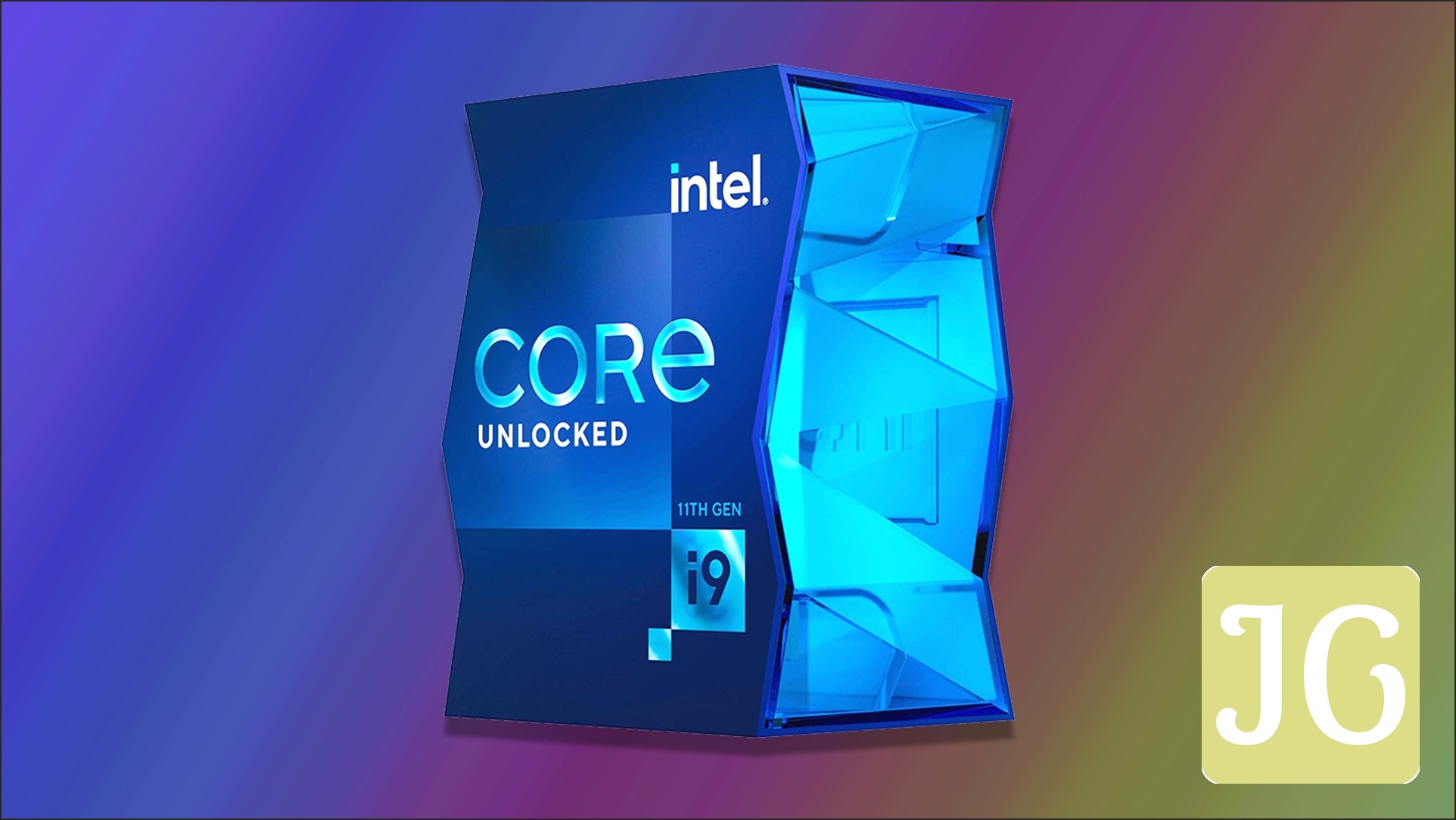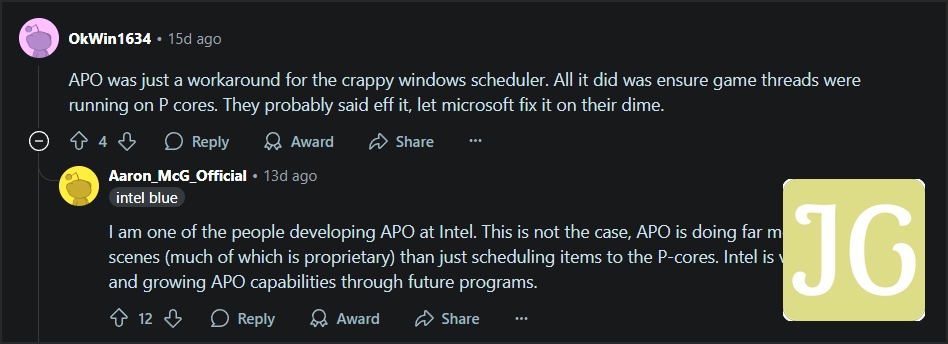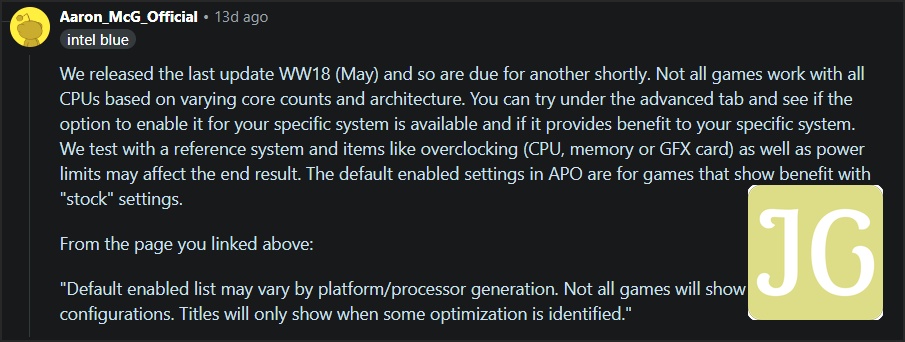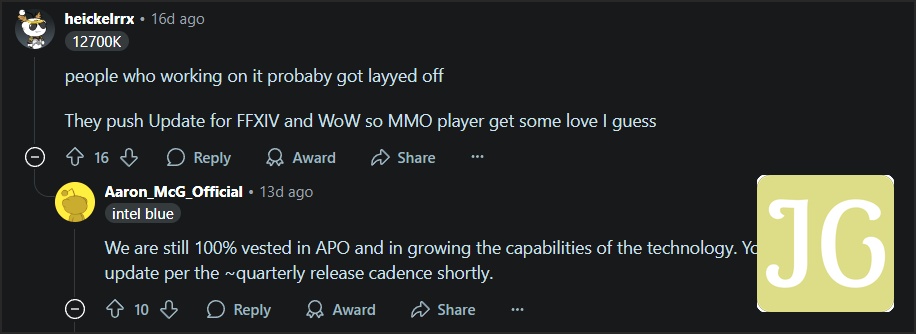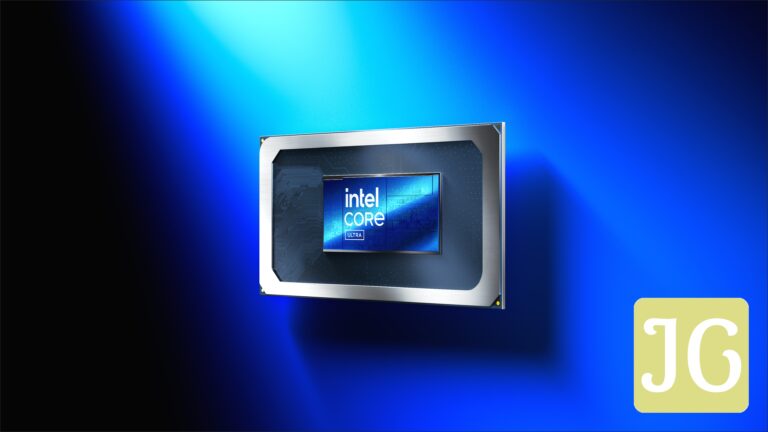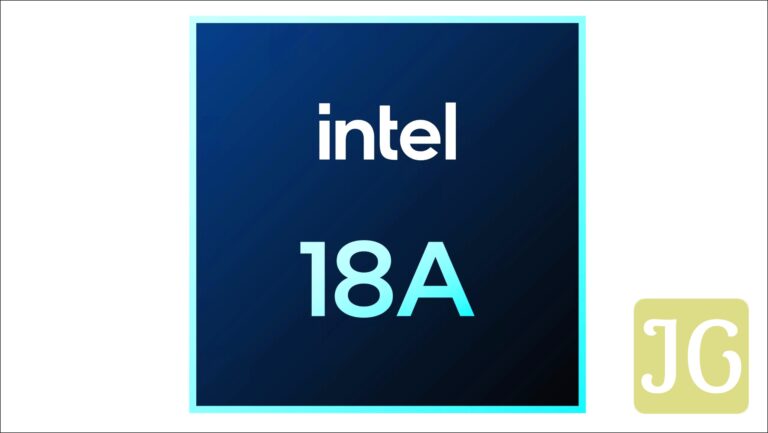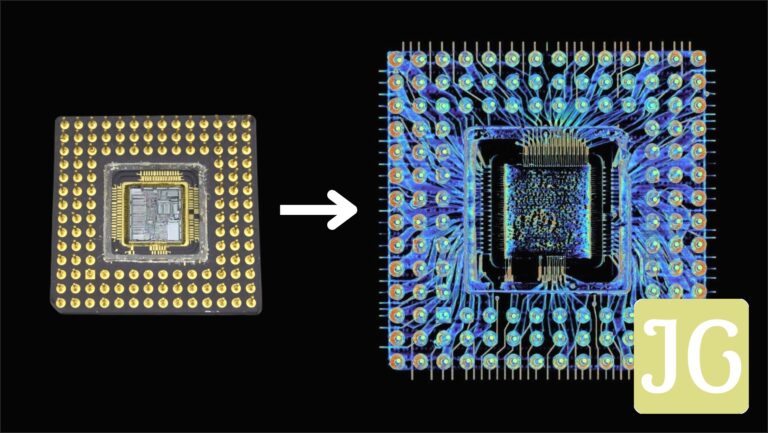Intel APO: The Promise vs. The Pain
Intel Application Optimization (APO) arrived as a beacon of promise for gamers, a software solution positioned to unlock significant, tangible performance gains from Intel’s latest CPUs. Launched alongside the 14th Gen Raptor Lake Refresh, APO promised to address long-standing CPU bottlenecks and deliver higher framerates, a claim empirically validated in our testing. Yet, despite its genuine technical efficacy, APO has become a flashpoint for widespread user frustration and skepticism. Its real-world application is marred by inconsistency, a tortuous setup process, and a perceived lack of commitment to existing high-end hardware. This article dissects the stark contrast between APO’s impressive potential and the profound pain points it has inflicted upon the very community it aims to serve.

Decoding the ‘Magic’: How APO Aims to Boost Your FPS
At its core, Intel APO is designed to optimize how games interact with Intel’s hybrid CPU architecture, which features a combination of high-performance P-cores and energy-efficient E-cores. Traditionally, Intel’s Thread Director, an OS-integrated technology developed in collaboration with Microsoft, manages the assignment of workloads across these diverse cores. While Thread Director is proficient, certain demanding workloads, particularly games, can exhibit performance sensitivities throughout their execution, leading to sub-optimal thread scheduling. APO steps in as a policy-based enhancement to Thread Director, aggressively fine-tuning thread affinities and resource allocation. Its primary objective is to ensure that games predominantly utilize the faster P-cores, preventing the Windows scheduler from inadvertently shunting performance-critical threads to less powerful E-cores. By dedicating P-cores to game execution and offloading background tasks to E-cores, APO aims to resolve CPU bottlenecks and deliver measurably higher framerates, maximizing the CPU’s potential in gaming scenarios.
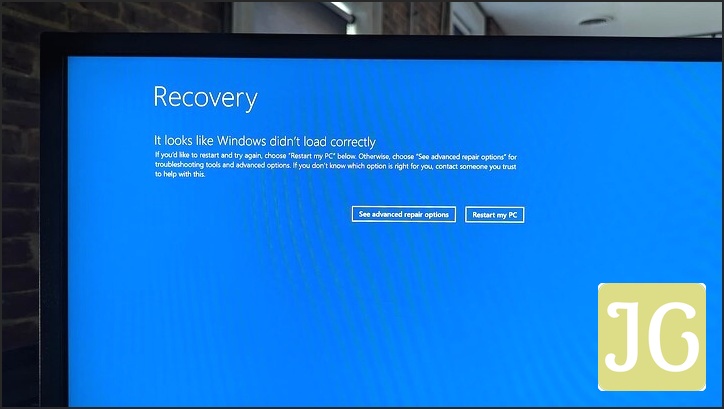
Up to 26% FPS Boost? Intel’s Bold Claims
Intel’s marketing for APO has been assertive, citing impressive performance uplifts such as up to 16% in Metro Exodus and 13% in Rainbow Six: Siege. Our rigorous independent testing corroborates these claims, and in some instances, even exceeds them, particularly in CPU-bound scenarios. For example, in Metro Exodus at 1080p with low graphics presets, where the CPU is the primary bottleneck, APO delivered a significant 26% increase in CPU-derived frame rates. This is a substantial gain, accounting for over 100 frames per second, a performance leap that would typically require a generational hardware upgrade. In Rainbow Six: Siege at 1080p with medium settings, we observed a 10% boost to average framerate and a 6% improvement in 99th percentile framerate. These results underscore APO’s potential to provide a tangible, ‘free’ performance uplift, especially crucial for competitive gamers seeking reduced input lag through high framerates.
Intel APO: Claimed & Tested Performance Gains
The Pain: Why Gamers are Frustrated
“The PC gaming community, while acknowledging Intel APO’s niche performance potential, is primarily frustrated and skeptical due to its slow, game-specific update cadence and the perceived unfair exclusivity of new optimizations to future hardware, leaving current high-end users feeling neglected.”
Dominant Emotions:
- Frustration
- Disappointment
- Skepticism
- Underwhelm
Key Quotes:
“They have added a few new games, but it appears you need to have Arrow Lake to be able to apply APO on them which is BS! They need to have a better system than this.”
“Is it updated? Last time I tried it, it didn’t have an uninstaller and not many games were supported. In the ones I tried, there was no difference at all.”
Compatibility Breakdown: Navigating the APO Minefield
The path to enabling Intel APO is fraught with complex and often inconsistent compatibility requirements, a significant source of user confusion and frustration. Unlike a simple driver installation, APO demands a precise alignment of CPU generation, motherboard drivers, and specific game support, creating a minefield for even experienced users.
Motherboard Driver Notes:
A critical dependency for APO’s functionality is the timely availability of Intel Dynamic Tuning Technology (DTT) drivers, which must be obtained exclusively from your motherboard vendor’s support page. This often creates a bottleneck: Intel may push APO application updates via the Microsoft Store, but motherboard vendors frequently lag for days, or even weeks, in releasing compatible DTT drivers, effectively blocking users from utilizing APO even if it was previously configured.
Game-Specific Optimizations:
APO’s optimizations are not universal; they are game-specific and require bespoke configurations. While the total number of officially supported titles has grown to around 50, new games are added at a slow cadence (typically only a few per update). Furthermore, many of these titles, particularly newer ones, require users to activate APO’s ‘Advanced Mode,’ adding another layer of complexity and potential inconsistency.
Troubleshooting Intel APO: A Guide to Conquering the Connection Chaos
The installation process for Intel Application Optimization is, to put it mildly, problematic – a genuine mess that has led to significant user frustration and countless ‘Failed to Connect’ errors. It’s a complex dependency chain where one misstep can halt the entire process. Here’s a detailed, step-by-step guide to navigate this minefield:
Installation Steps:
- Step 1: Enable Dynamic Tuning Technology (DTT) in Motherboard BIOS (e.g., ASUS: Advanced > Thermal Configuration > Intel(R) Dynamic Tuning Technology Configuration).
- Step 2: Install the Latest Intel Dynamic Tuning Technology (DTT) Drivers (Obtain ONLY from your motherboard vendor’s support page, not Intel’s download center).
- Step 3: Install the Intel Application Optimization (APO) Utility (Exclusively from the Microsoft Store).
- Step 4: Run Supported Games Once (Games may need to be run once to appear in the APO app).
- Step 5: Restart Your PC (Often required for changes to take effect).
Common Errors:
- • Error: ‘Failed to Connect’ with APO application (Frequent, even after clean installs, often due to DTT driver mismatch or timing issues).
- • Issue: Games not appearing in APO list (Due to specific compatibility, system configuration, or non-stock settings).
- • Problem: APO app installed, but DTT drivers not updated (Leads to errors; APO app must be installed *after* DTT drivers).
APO in Action: Real-World Performance & Diminishing Returns
While APO can deliver impressive gains in specific scenarios, its performance benefits are far from universal. Our testing reveals a clear pattern of diminishing returns. Significant uplifts, such as the 26% observed in Metro Exodus, are typically confined to CPU-bound situations at lower resolutions and graphics presets (e.g., 1080p Low). As resolution increases or graphics settings are pushed to Ultra, the system becomes increasingly GPU-bound, and APO’s impact drastically diminishes, often becoming negligible or even zero at 4K. For instance, the 26% gain in Metro Exodus at 1080p Low dropped to just 6% at 1080p Ultra, 2% at 1440p, and vanished entirely at 4K. Similarly, while Rainbow Six Siege saw a 10% gain at 1080p, this virtually disappeared at 4K. Other titles, like World War Z, showed less than 1% gains at 1080p, while Guardians of the Galaxy yielded a modest 3% at 1080p/1440p, and Red Dead Redemption 2 an 11% boost at 1080p, with both also diminishing at higher resolutions. This data underscores that APO is a surgical tool, effective only where a CPU bottleneck is the primary limiting factor, and its utility wanes rapidly outside of these specific conditions.
APO Performance Scaling: Impact of Game & Resolution

Future Focus: Arrow Lake, Abandoned Generations, and Intel’s ‘100% Commitment’
Intel has publicly affirmed its “100% commitment” to APO, with an Intel engineer, Aaron_McG_Official, reassuring the community of a consistent quarterly update cadence. However, this commitment comes with a significant caveat that has fueled considerable community frustration. Intel has strategically decided to focus APO development exclusively on current and future generations of hardware, such as the upcoming Arrow Lake series. This means that despite earlier hints of support, Intel is not currently developing APO for 12th and 13th Gen chips. For users who invested in high-end 14th Gen CPUs, this perceived exclusivity of new optimizations to unreleased hardware, coupled with the slow rollout of game support, creates a deep sense of neglect, undermining APO’s initial positioning as a key selling point for their current systems.
The Core Conflict
Intel’s unwavering commitment to the Application Optimization technology is clear. Yet, their strategic decision to prioritize the development of new optimizations for future hardware like Arrow Lake, at the explicit expense of existing 14th Gen and older chips, creates a profound conflict. This leaves current high-end users feeling abandoned and unable to access the very benefits that were, for some, a significant factor in their purchase, despite APO being a flagship feature for the 14th Gen.
Our Take: APO’s Potential, Pains, and What Gamers Need Next
From a purely empirical standpoint, Intel Application Optimization is a genuinely effective software solution. It successfully taps into the latent performance of Intel’s hybrid CPU architecture, addressing long-standing issues of sub-optimal thread scheduling and resource allocation that have arguably held back Intel CPUs since their 12th Gen debut. In CPU-bound scenarios, APO delivers a rare and significant software-driven boost to effective CPU performance in games. However, its severe limitations in its current state cannot be overstated. Inconsistent compatibility across CPUs and motherboards, a notoriously messy and error-prone installation process, an agonizingly slow cadence of game support, and the controversial decision to prioritize future hardware over existing high-end chips severely cripple its potential.
- Pros:
- Delivers genuinely effective performance boosts (up to 26%) in CPU-bound gaming scenarios.
- Addresses fundamental thread scheduling inefficiencies in Intel’s hybrid architecture.
- Acts as a ‘free’ software-driven performance upgrade for supported systems.
- Can significantly reduce input lag in competitive titles by boosting framerates.
- Cons:
- Highly inconsistent compatibility across CPU generations, motherboards, and specific games.
- Installation process is complex, problematic, and prone to errors.
- Slow and limited game support, with only a few titles added per quarterly update.
- Performance benefits diminish drastically at higher resolutions or in GPU-bound scenarios.
- Intel’s strategic focus on future Arrow Lake CPUs effectively abandons 12th/13th Gen support, frustrating current users.
- Critical dependency on motherboard vendors for timely DTT driver updates, which often lag.
- Many supported games require manual ‘Advanced Mode’ activation for optimization.
For Intel APO to truly evolve from a niche, problematic tool into the game-changer it has the potential to be, Intel must address these critical pain points. This necessitates improved transparency regarding compatibility, a dramatically streamlined and more robust user experience for installation and management, a much faster expansion of game support, and a clear strategy to address the community’s concerns about perceived neglect for current high-end hardware. Only then can APO fulfill its promise and become a universally valuable asset for all relevant Intel users, rather than a source of ongoing frustration.

